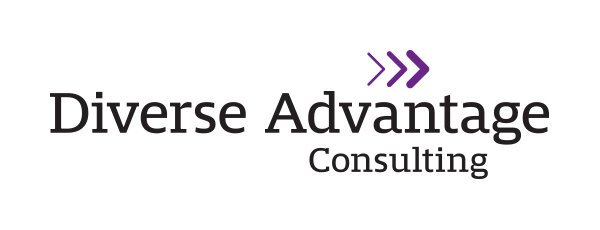We still get a lot of questions and comments from people, many of them executives in large organizations, who don’t believe that diversity and inclusion will benefit their organization. There still exists a mentality that D & I is some sort of a charitable endeavour, good for others but not necessarily good for us or our organization.
We’ve compiled some evidence that shows that D & I IS good for you, it IS good for your organization, and is well worth the effort.
Research into corporate world earnings shows that companies with higher rates of diversity regularly out-perform companies with more homogenous demographics. Here are three that highlight some specifics:
McKinsey’s 2015 Why Diversity Matters report on public companies found that those in the top quartile for gender diversity and ethnic and racial diversity in management were respectively 15% and 35% more likely to have returns above the industry mean. The consulting company’s 2018 Delivering Through Diversity update reaffirms these statistics at 21% and 33%, respectively.
2013: Center for Talent Innovation published “Innovation, Diversity, and Market Growth” in which it found that publicly traded companies with 2D diversity (exhibiting both inherent and acquired diversity) were 70% more likely to capture a new market, 75% more likely to see ideas actually become productized, and 158% (no, that’s not a typo) more likely to understand their target end-users and innovate effectively if one or more members on the team represent the user’s demographic.
Credit Suisse’s 2012 global analysis Gender Diversity and Corporate Performance found that organizations with at least one female board member yielded higher net income growth and higher return on equity than those without a woman on the board.
Morgan Stanley released research in its 2016 study Putting Gender Diversity to Work: Better Fundamentals, Less Volatility that showed companies with high levels of gender diversity have lower volatility and a better return on equity (ROE) than companies ranked low in diversity.
There are huge benefits to engaging women: Research tells us that companies with gender-diverse executive teams are 21% more likely to experience above-average profitability. Women also represent the most significant consumer base, responsible for more than 80% of everyday buying decisions. Having more people at the top who inherently understand their target audience can only be healthy for business.
It’s not just in the corporate world that diversity matters, it can make a big difference for government and non-profits as well. A study out of the Kellogg School of Management shows that diverse groups outperformed more homogeneous groups not because of an influx of new ideas, but because diversity triggered more careful information processing that is absent in homogeneous groups.
It is without a doubt that when board members, employees, and others who participate in the decision-making activities of a an organization come from a wide array of backgrounds, they each bring unique perspectives that shape, blend, and influence how to advance the organization’s mission and solve problems in more inclusive and innovative ways.
A Harvard study that looked into diversity in research found that papers written by diverse groups receive more citations and have higher impact factors than papers written by people from the same ethnic group. They also found that stronger papers were associated with a greater number of author addresses; geographical diversity, and a larger number of references, is a reflection of more intellectual diversity.
Diversity is not a form of philanthropy, it has a positive impact on our work in every sector. It is time that diversity and inclusion is prioritized within organizational objectives and becomes a measure of success.
